1. Homes in Remote Locations
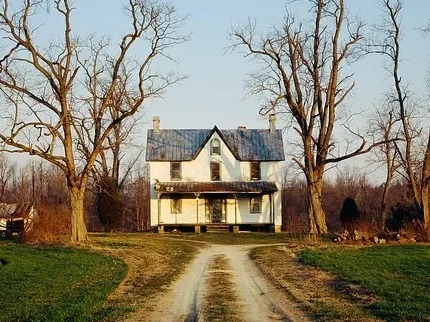
As remote work trends evolve, some buyers still prioritize access to cities, amenities, and services. Remote homes may appeal to fewer buyers, reducing demand.
2. Oversized McMansions
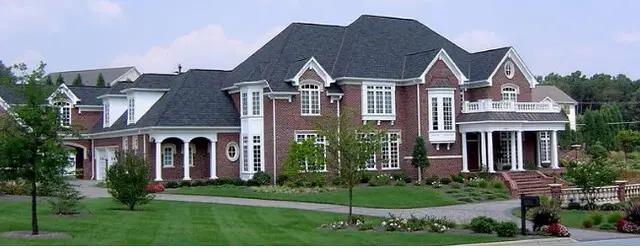
The trend of downsizing continues, and many buyers now prefer efficient, well-designed homes over sprawling, energy-guzzling properties.
3. Homes Without Energy Efficiency Features
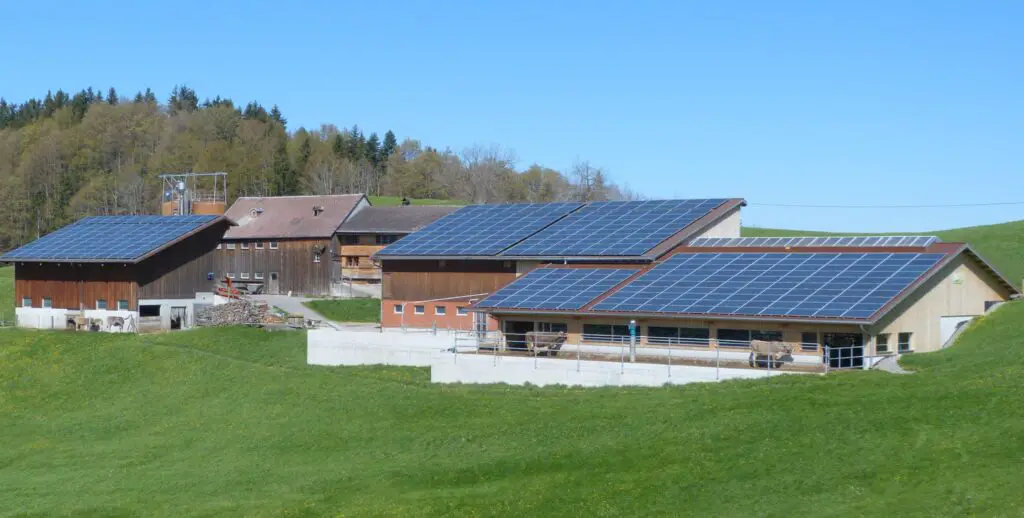
Buyers increasingly value solar panels, energy-efficient windows, and smart thermostats. Homes without these features will struggle in a greener marketplace.
4. Properties in Areas Prone to Natural Disasters
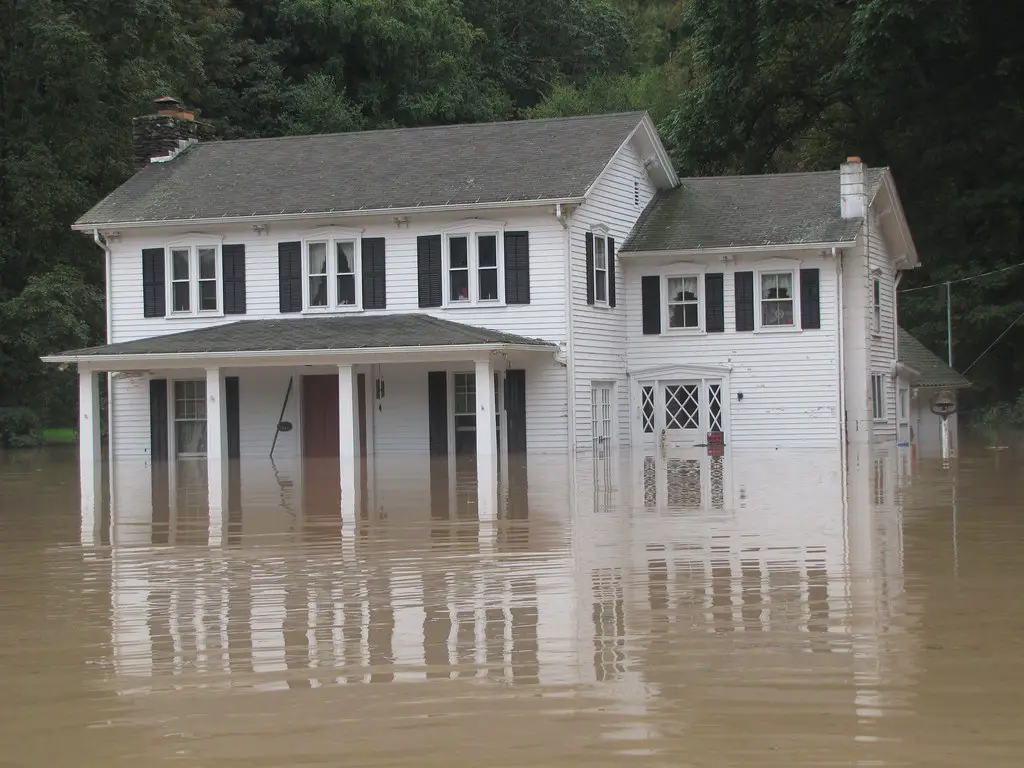
Homes in flood zones, wildfire-prone regions, or hurricane paths may face declining desirability as climate risks rise and insurance rates soar.
5. Dated Mid-Century Designs
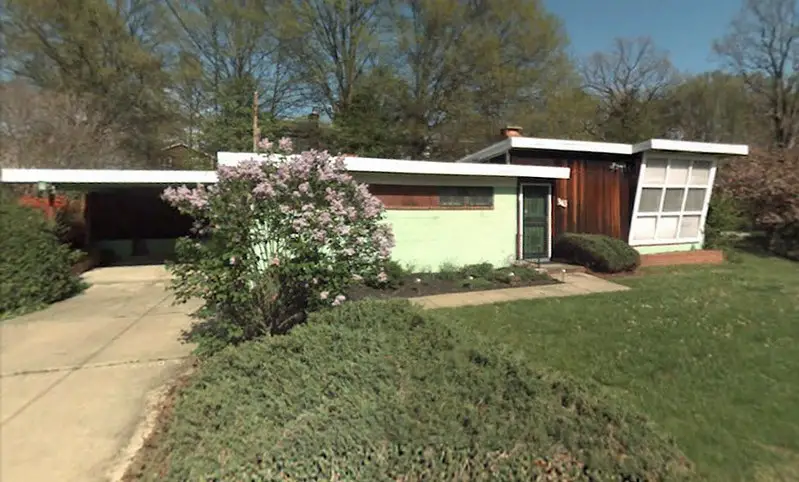
While some mid-century modern homes are trendy, others with dated layouts and finishes—think shag carpets and avocado kitchens—may turn buyers away.
6. Condos with High HOA Fees
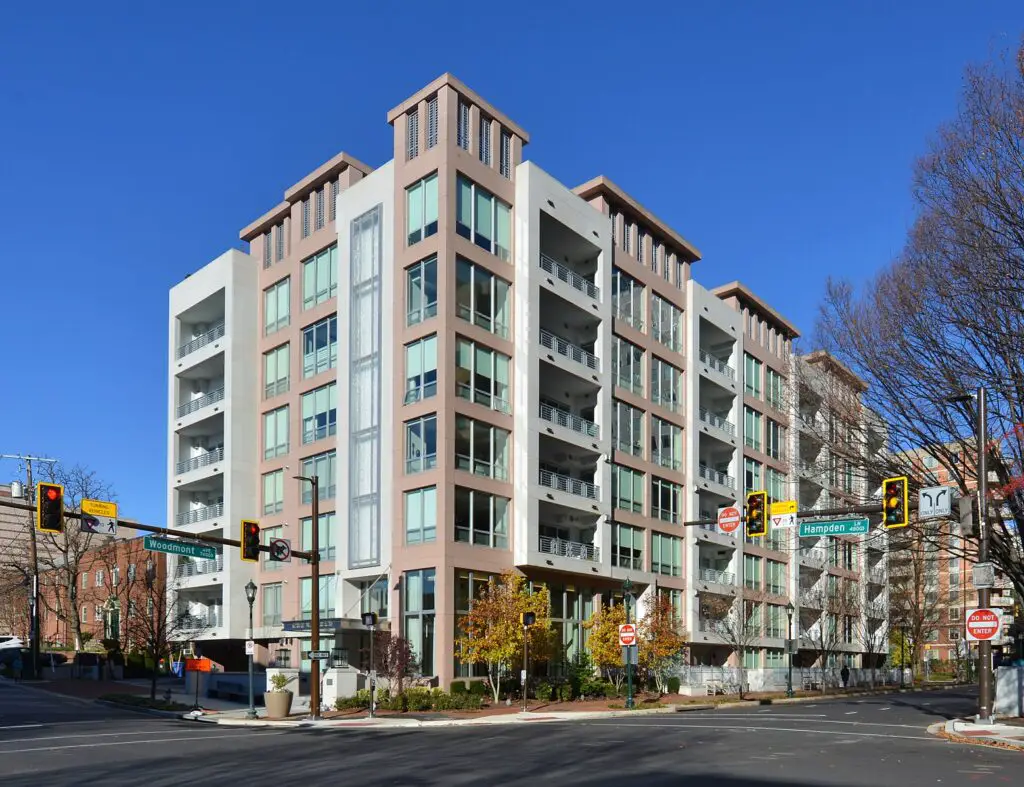
Condos with steep homeowners’ association fees may face challenges as buyers look for properties with fewer ongoing costs and restrictions.
7. Homes with Large Lawns or High Maintenance Needs
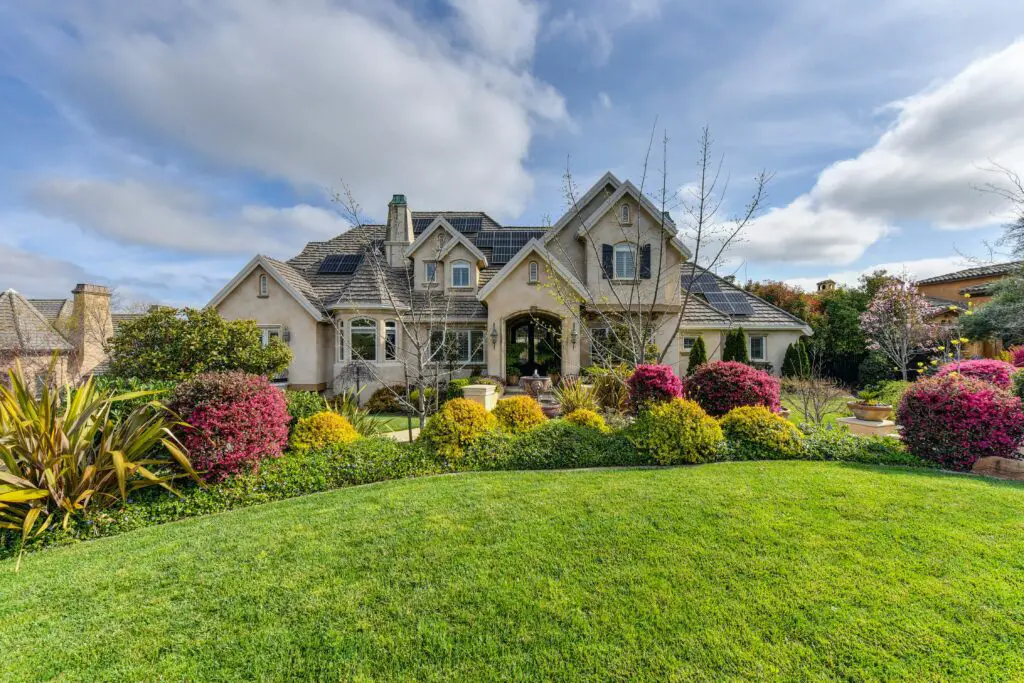
Many younger buyers prefer low-maintenance properties over homes with expansive lawns or complex landscaping.
8. Single-Bathroom Homes
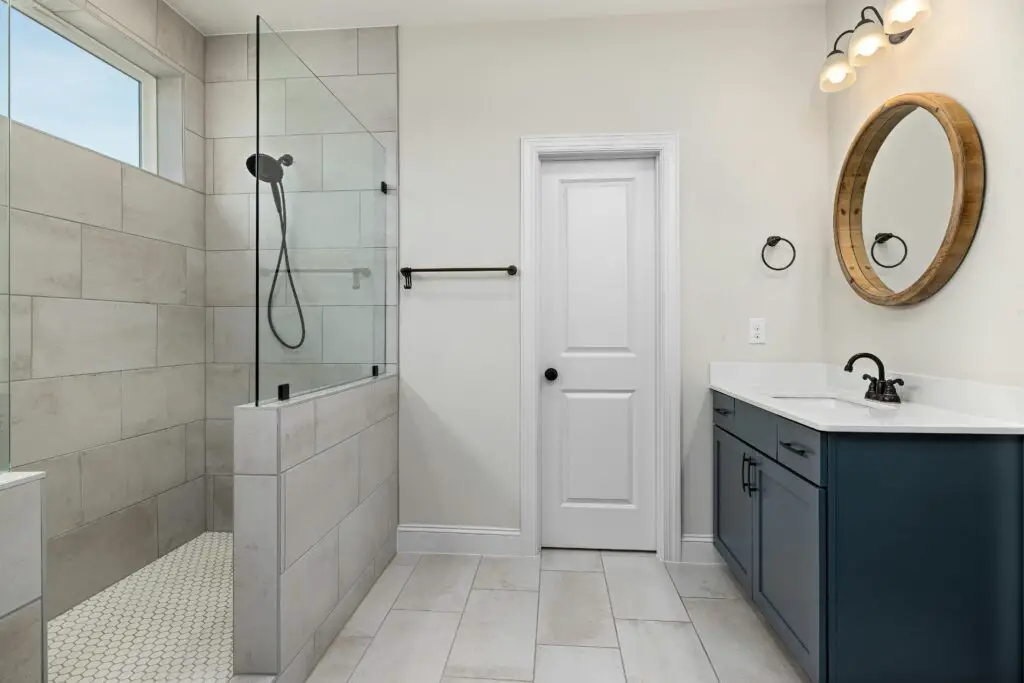
Families and multi-generational buyers often prioritize homes with multiple bathrooms. Single-bathroom homes may lose their competitive edge.
9. Homes Lacking Smart Technology

As smart home devices become the norm, properties without built-in tech may seem outdated to younger, tech-savvy buyers.
10. Aging Mobile Homes
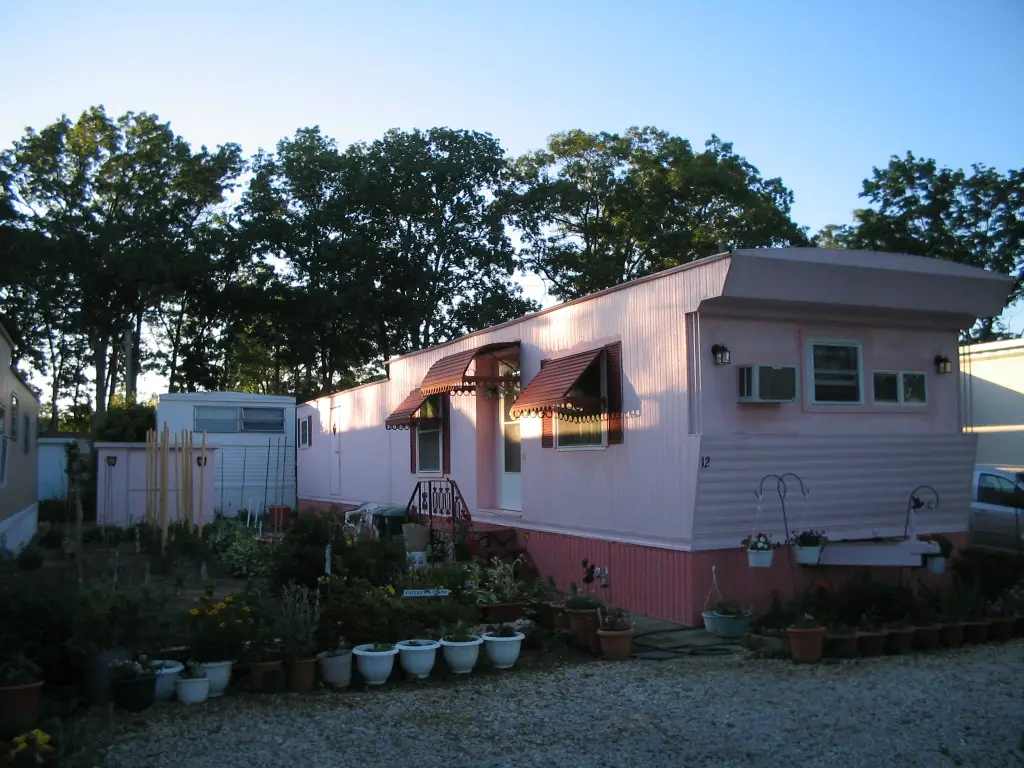
While affordable, older mobile homes may struggle to compete with modern, energy-efficient manufactured housing options.
11. Homes in Declining School Districts
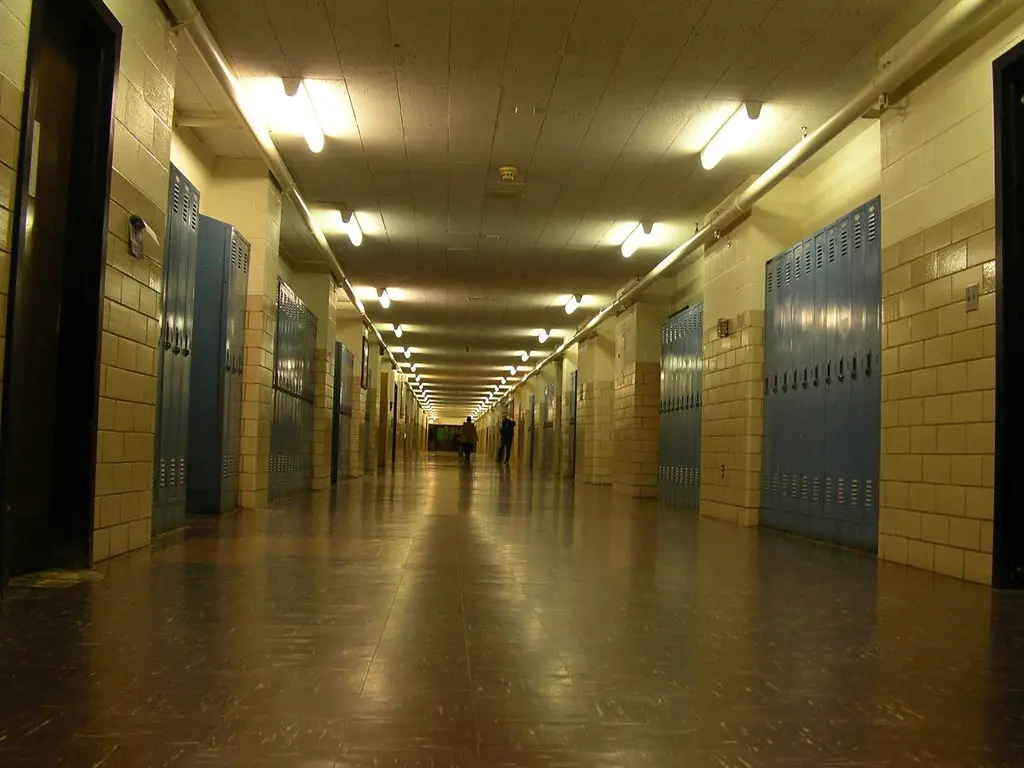
For families with children, the quality of nearby schools remains a key factor. Homes in areas with poorly rated schools may see reduced demand.
12. Custom-Built, Unconventional Designs
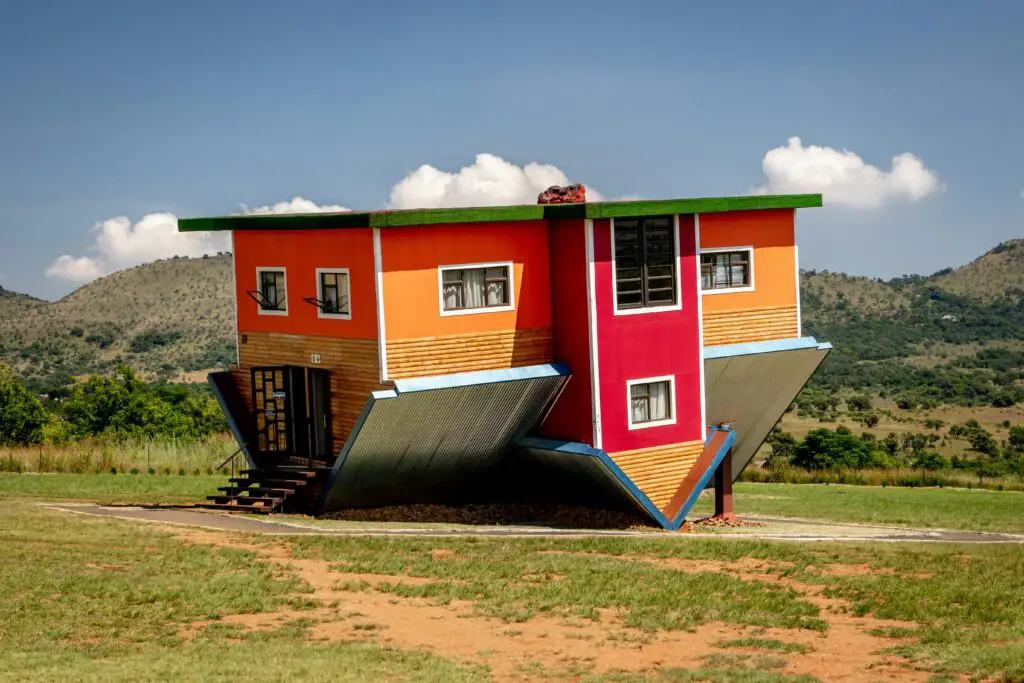
Highly personalized homes with unique layouts or eccentric features may not appeal to the majority of buyers, making them harder to sell.
13. Homes in Overbuilt Neighborhoods

Suburbs or developments with a surplus of similar homes may face slower sales as competition drives prices down and inventory rises.
If you own one of these home types, making proactive upgrades or pricing adjustments could help increase your property’s appeal in the coming years.
